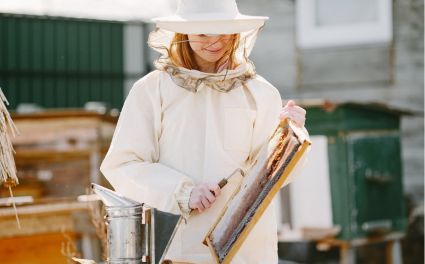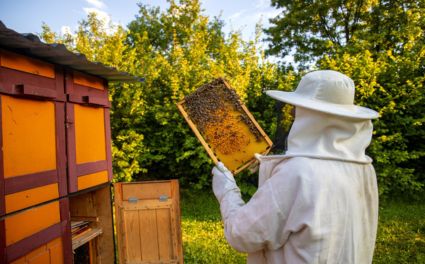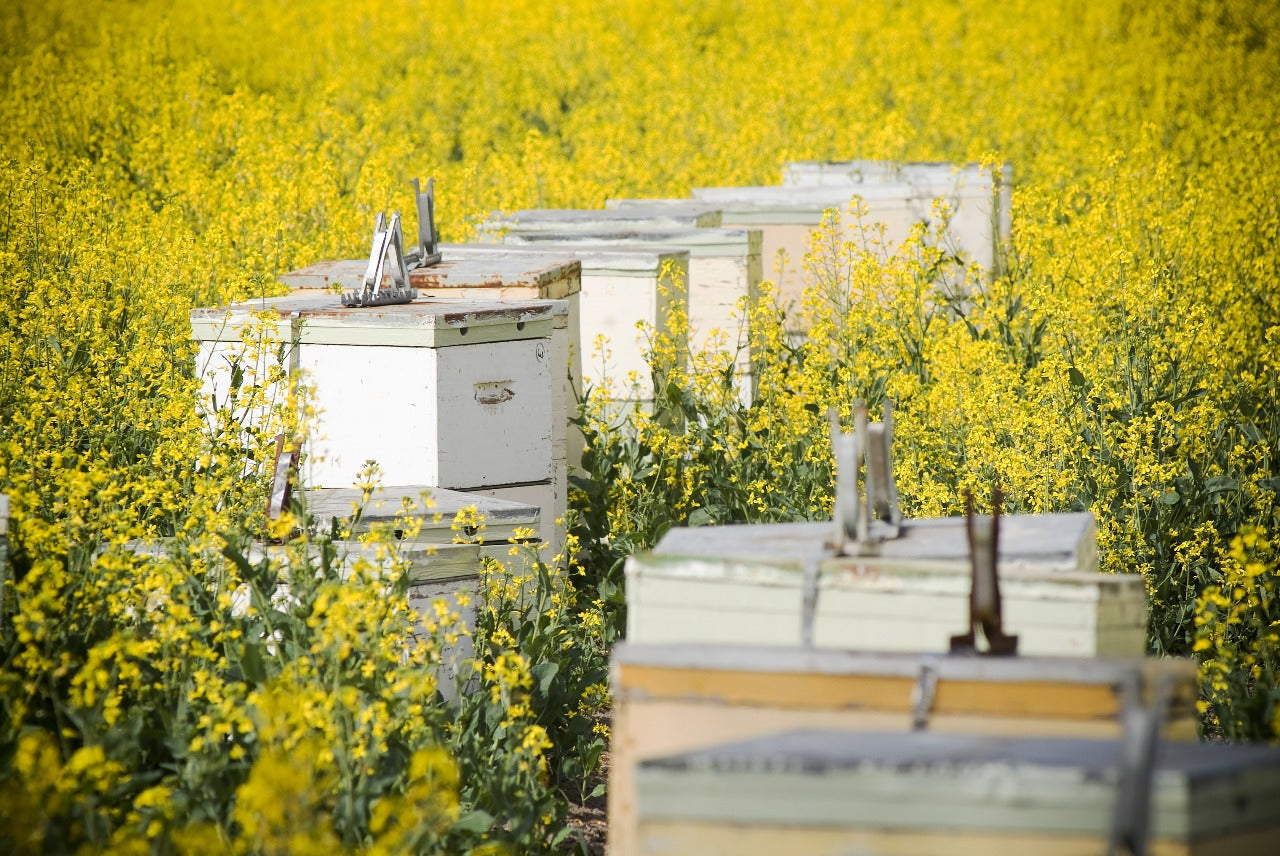Maintaining your beekeeper suits and equipment is an essential part of successful and safe beekeeping. Clean, well-maintained gear not only protects you better but also lasts longer — saving you money and ensuring your time with the bees is efficient and enjoyable. In this detailed guide, we’ll explore the best cleaning, inspection, and storage practices for your beekeeping essentials, along with professional recommendations for long-lasting performance.
🧼 Cleaning Beekeeper Suits
Regular Cleaning Routine
Your Beekeeping Suits protect you from stings, wax, and propolis — but without regular cleaning, residues can build up and weaken the fabric. For most suits, handwashing in cold water with mild detergent is ideal. If using a washing machine, select a gentle cycle to preserve mesh strength and zippers.
Avoid bleach or harsh chemicals, as they can degrade protective fibers and reduce the sting-resistance level of the material. After washing, hang your suit in a shaded, ventilated area — never under direct sunlight, as UV rays can damage the fibers.
Removing Stains and Odors
Beekeepers often face sticky stains from propolis and smoke odors. Instead of commercial cleaners, try natural options:
-
Baking Soda: Sprinkle on damp areas, leave for 30 minutes, then rinse.
-
White Vinegar: Mix one part vinegar with two parts water, spray, and wash after 15 minutes.
These eco-friendly methods help maintain fabric quality and freshness without reducing durability. For the occasional deep clean, you can also add a few drops of lemon essential oil to neutralize strong odors naturally.

🔍 Inspecting and Repairing Beekeeper Suits
Conducting Routine Inspections
Before each use, inspect your Beekeeping Jackets, zippers, and veil seams for any wear and tear. Check elastic cuffs, mesh areas, and ankle zippers to ensure they still seal tightly. Small tears may not seem serious, but even minor gaps can let bees in — creating unnecessary risks.
Repair and Replacement Tips
Minor damage such as small tears or loose stitching can be fixed at home with a strong nylon thread. However, if your Beekeeping Gloves or Beekeeping Veils show significant damage or cracks, it’s best to replace them. Gloves, in particular, wear out faster due to constant handling.
For persistent rips or failing mesh, replacement is a safer choice. It’s better to invest in new protective wear than risk exposure during hive inspections. OZ Armour’s global reputation for quality makes their protective gear a trusted choice among beekeepers across the US, UK, EU, and AU.
🧰 Cleaning and Storing Beekeeping Equipment
Cleaning Beekeeping Tools and Hive Parts
Proper maintenance of your tools is equally important. Regularly clean Beekeeping Equipments like hive tools, smokers, and frames to remove wax, honey, and propolis buildup. Use a wire brush for scraping and hot soapy water for a deeper clean.
Metal tools can be lightly oiled after drying to prevent rust, while wooden frames should be stored in a well-ventilated area to avoid mold.
Storage Best Practices
During the off-season, store all tools in a cool, dry place. Airtight containers can help protect wooden components from wax moths and rodents. Wrap hive tools in clean cloth or paper to prevent oxidation.
Larger items like smokers and frame grips can be stored in labeled bins to keep your workspace organized. To extend the lifespan of protective wear, hang your Beekeeping Trousers and jackets in breathable garment bags to protect them from dust and sunlight.
🛡️ Protecting Suits and Equipment from Wear and Tear
Proper Handling and Usage
How you handle your gear affects its durability. Avoid dragging tools or setting heavy boxes on top of your suit. Always wear Beekeeping Ankle Protection when working around hives to prevent fabric fraying and protect from crawling bees.
If you’re teaching young beekeepers, Beekeeping Kids Suits help them stay protected and learn safely — especially during hive inspections or honey collection.
Protective Covers and Storage Tips
Store your suit in a breathable bag rather than plastic, as this prevents mildew. For tools, use a toolbox or storage bin to keep everything organized. Covering larger equipment with light fabric or canvas can protect it from UV damage and dust accumulation.
👕 Proper Usage and Safety Practices
When handling bees, your safety depends on how you wear your gear. Make sure zippers and elastics on your beekeeping suits and jackets are sealed tightly. Pair your suit with Beekeeping Gloves and Beekeeping Veils to ensure full coverage.
Always follow the manufacturer’s usage guidelines and avoid using sharp tools near mesh or seams. Regular maintenance keeps your OZ Armour apparel performing at its best for years.
💧 Upgrading Your Beekeeping Gear
When to Replace Your Equipment
Even the most durable gear has a lifespan. Replace your suit when:
-
It shows extensive wear or frayed fabric
-
Elastic cuffs lose grip
-
Zippers or mesh areas become damaged
-
Persistent odors or stains can’t be removed
If you’re upgrading, consider breathable options like the Beekeeping Suits made from lightweight, ventilated mesh for maximum comfort during long hive sessions.
Choosing High-Quality Replacements
When selecting replacements, look for:
-
Double-stitched seams for durability
-
Breathable materials for comfort
-
Reinforced zippers and veils for full protection
Brands known for their reliability, like OZ Armour, offer quality designs that combine comfort and safety — making them ideal for both new and professional beekeepers.
For those who prefer style without compromising safety, Pink Bee Suits are a popular choice among modern apiarists.
🌼 Caring for Your Suit After Each Use
After each beekeeping session, brush off debris and check your suit for any stuck bees or damage. Quick spot-cleaning can prevent residue buildup. If your veil gets sticky, gently wipe it with a damp cloth and air-dry before storing.
Storing your equipment correctly ensures it’s ready for the next season — clean, dry, and fully functional.
🧠 Learning the Importance of Maintenance
Beekeeping isn’t just about managing bees — it’s also about maintaining the tools that make your work safe and effective. Regular care routines prevent contamination and protect both you and your bees from diseases.
To dive deeper into hive management and protective gear care, explore Learn Beekeeping and Read More Blogs About Beekeeping for practical maintenance guides and expert tips.
🐝 OZ Armour: A Trusted Name in Beekeeping Protection
Globally recognized for premium craftsmanship, OZ Armour produces reliable protective gear — including suits, jackets, gloves, and veils — engineered for performance and comfort. Their breathable fabrics, reinforced seams, and ergonomic designs ensure every beekeeper, from beginner to professional, stays safe in every season.
Their products are trusted across the US, UK, EU, NZ and AU for quality and long-lasting protection, helping beekeepers work confidently and efficiently.

🧤 Conclusion
Proper maintenance of your beekeeping suits and equipment is essential for safety, hygiene, and longevity. Clean gear minimizes disease risk, inspected tools prevent accidents, and proper storage keeps everything in top condition.
When combined with quality apparel like OZ Armour’s suits, gloves, and jackets, your beekeeping experience becomes safer and more enjoyable.
Stay consistent with cleaning, repairs, and upgrades — and you’ll not only protect your investment but also ensure a thriving, sustainable beekeeping journey.













